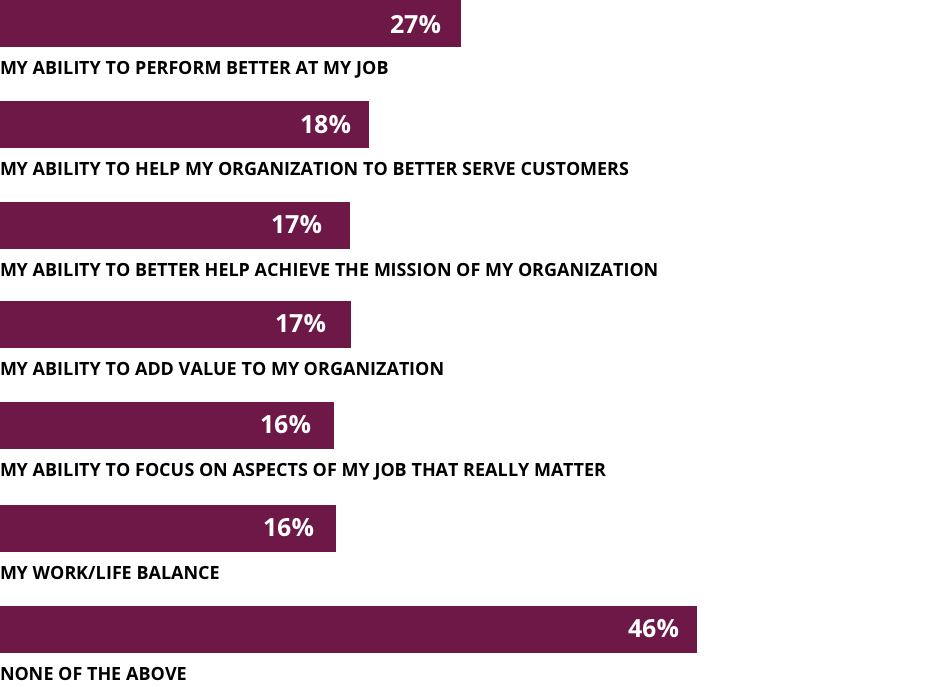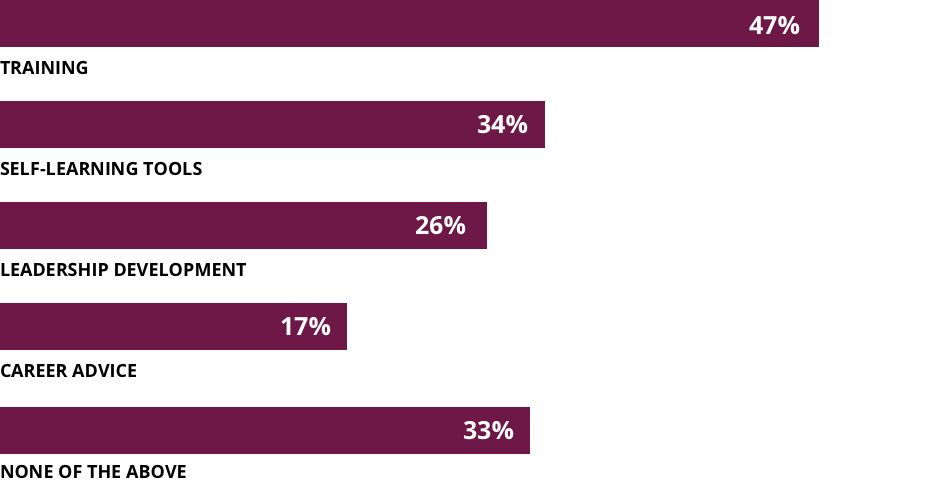Report
The missing ingredient in successful technology implementations: People

An Eagle Hill Consulting survey reveals that only 23 percent of the US workforce thinks that new technology has had a positive impact on their organizations. This finding has significant repercussions for institutions across industries that seek to use data, analytics, and productivity tools to enhance customer propositions and competitiveness.
Digital disruption is the new normal for information-based industries like healthcare, financial services and media and entertainment. It is a constant state of innovation and renewal that is critical to remaining competitive. Facing countless start-ups and niche competitors, as well as significant legacy infrastructure, traditional players are making big technology bets just to keep up—whether enterprise-wide, in new technologies, or through agile methodologies. The result? A big miss on ROI.
This miss comes down to one crucial ingredient: people. Too often the justification for major technology investments is based on anticipated benefits such as new client business or productivity gains. This focus does not account for the critical role of the workforce in not just adopting, but in optimizing the use of the new technology in day-to-day business practices. This is where dilution of returns occurs. And it’s why so many technology projects fail to deliver on time, on cost, or at all.
With new technology so central to information-based organizations, it is vital to engage the people using it in the selection, development and testing stages of technology innovation. It is also critical to engage them throughout the implementation and after, when the real benefits of technology are felt by employees.
The Eagle Hill Technology in the Workplace Survey of US employees shows a gap between companies’ perceived value from their technology investments and how their employees experience them. Companies are routinely not maximizing ROI from technology change. Technology alone is not a silver bullet. Its impact comes from how it supports business models—and from what people do with technology. This is why maximizing technology return requires that new technology solutions work for and are understood by the employees using them.
Employees see a gap between investment and impact
Employees intuitively understand that tech advances offer exciting possibilities. Yet as they see it, technology investments do not necessarily improve performance (Figure 1). While 31 percent say that their employer introduced a new technology in the last two years, only 19 percent say the company invests in the right technology to support them. Just 23 percent think technology change has had a positive impact on their organization.
Just 19 percent of workers say their company invests in the right technology to support them.
Figure 1: A minority of employees say technology at work is improving how they perform on the job.
Question: At work, technology (automation, AI, robotics) has improved the following: Select all that apply.

Source: The Eagle Hill Consulting Federal Workplace Culture Survey 2020.
Employees find that support is in short supply
The survey suggests that employees are not confident about technology change because they are not getting necessary support from their employer. Over two-thirds of workers say they need more skills to adapt to advancing technology. Yet only 22 percent report that their company gives them the right level of support to understand and benefit from new technology solutions. Training is the strongest area of support, while self-learning tools, leadership development and career advice are less so (Figure 2).
Only 22 percent of workers get the right level of support to benefit from new technology.
Figure 2: Employees are not getting all the support they need to respond to technology change.
Question: In which of the following areas is your employer providing you with the right support to respond to the changing requirements of work?

Source: The Eagle Hill Consulting Federal Workplace Culture Survey 2020.
Employee input is what’s missing
To give employees the right support, organizations should ask what they need in the first place—yet less than 2 in 10 employees say that they are asked for their input. Read our full report to see what organizations can do to listen to employees and get the most from their technology.
Methodology
The Eagle Hill Consulting Technology in the Workplace Survey 2020 was conducted online by Ipsos in January 2020. The survey included 1,003 respondents from a random sample of employees across the United States. The survey polled respondents on aspects of the impact of technology (such as artificial intelligence, automation, and robotics) on their current and future work environments.

